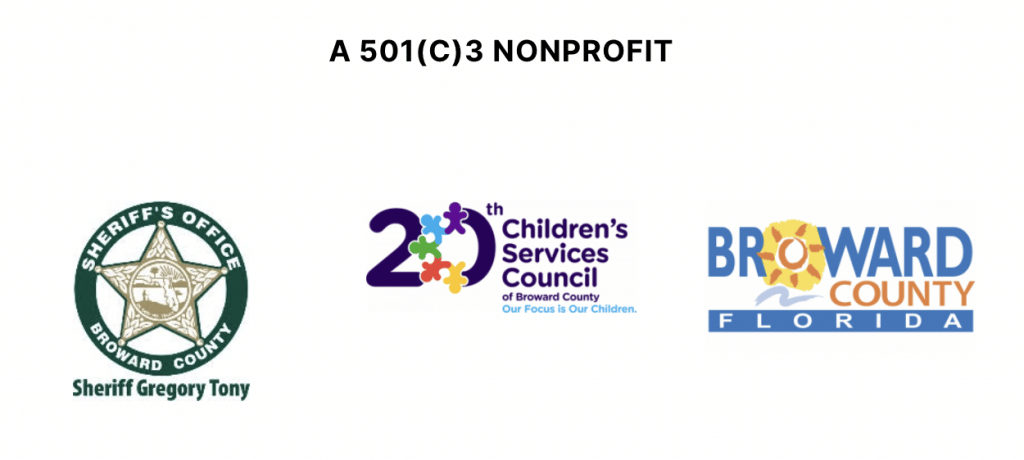
(This is part three of a three-part blog series on dopamine fasting and recovery techniques).
If you have been following our series on dopamine fasting, congratulations on making it this far! If you’re just reading this for the first time, I would highly recommend reading Part 1 and Part 2 before continuing.
In the first two parts of this series we’ve been introduced to the idea of dopamine fasting, some of the science behind it, and a few basic things that you can do to slowly reduce your dependence on dopamine hits from meaningless and potentially destructive habits.
Today we’re gong to wrap up with some more detailed methods based in cognitive behavioral therapy to help you succeed!
Technique 1: Avoidance
We touched on this a little bit last week, but it bears repeating. While avoidance is technically the quickest way to wean yourself from a habit that is providing you with that sweet dopamine fix, it is also a rather unpleasant experience and requires a tremendous amount of willpower.
There is also the high chance that immediately forcing yourself away from a habit that is providing you with some level of addictive behavior will result in a relapse to engaging in that habit.
Not good.
But if you think you can do this, then instead of indulging in the behavior that you are trying to remove, engage in an activity that is completely incompatible with the addictive behavior. For example, if you’re trying to remove or reduce your desire to spend hours searching the internet (for whatever reason), you can replace that with activities that have no association with computers – like reading a book, working out, cooking, or spending time outside.
Technique 2: Exposure and Response Therapy (ERP)
ERP involves allowing yourself to be exposed to small doses of the urge that compels you towards unhealthy habits, recognizing and then avoiding the response behavior.
Follow these steps to effectively reduce your perceived ‘need’ for that addictive dopamine hit:
- When you feel the urge surfacing to engage in your bad habit, identify and recognize the event that is triggering the urge.
- Be O.K. with the urge that you are feeling – recognize it and accept that it’s there (do not try to suppress it).
- ‘Meditate’ on that feeling and allow it to subside.
- Describe the sensations you are feeling when the urge arises. Be as specific as possible (bonus points if you write it down).
- Set an activity to engage in for the next time the sensation arises.
Over time you will become adept at recognizing these feelings and will be able to redirect your energy and intentions much more easily towards better activities.
Technique 3: Reward Replacement
Reward-replacement gives your brain something new to focus on in place of the bad habit that you’re trying to remove.
Follow these steps to master reward-replacement:
- Identify the problematic triggering event or behavior (i.e. stopping work every hour to get a new drink). There can be many different sources that trigger the unwanted urge:
- Being in a certain location
- Certain people
- Time of day
- Emotional state
- An activity or action that immediately follows the unwanted behavior.
- Identify the reward that is being craved (i.e. that delicious sugary soft drink)
- Describe how engaging in the activity makes you feel. This gives you a better understanding for why you are choosing this ‘reward’ to begin with.
- Experiment with new rewards that replace the bad habit. For example, try sugarless flavored drinks (not one with artificial sweetener! – more on that in another article), tea, flavored water, etc.
- After trying each new reward, describe (and write down) how they make you feel. You’re collecting data here!
- Over time, look back over what you wrote and discover patterns for what you are truly craving. You may discover that it’s not the drink itself you crave, but a distraction from an unfulfilling job or the joy from social interaction in the break room that sells you the sugary drink.
Well, that’s it! You can use any one of these techniques, or a combination of any of them to help you be free of dopamine additive behaviors.
Remember, it’s always a good idea to get a little bit of help if you are having trouble doing any of this on your own – and if so, we’re here to help you succeed with your life goals. Call or email us today to find out how we can help!


One response
[…] week we wrap up our three part series on dopamine fasting with slightly more advanced techniques that will help to guarantee your success in reducing or […]